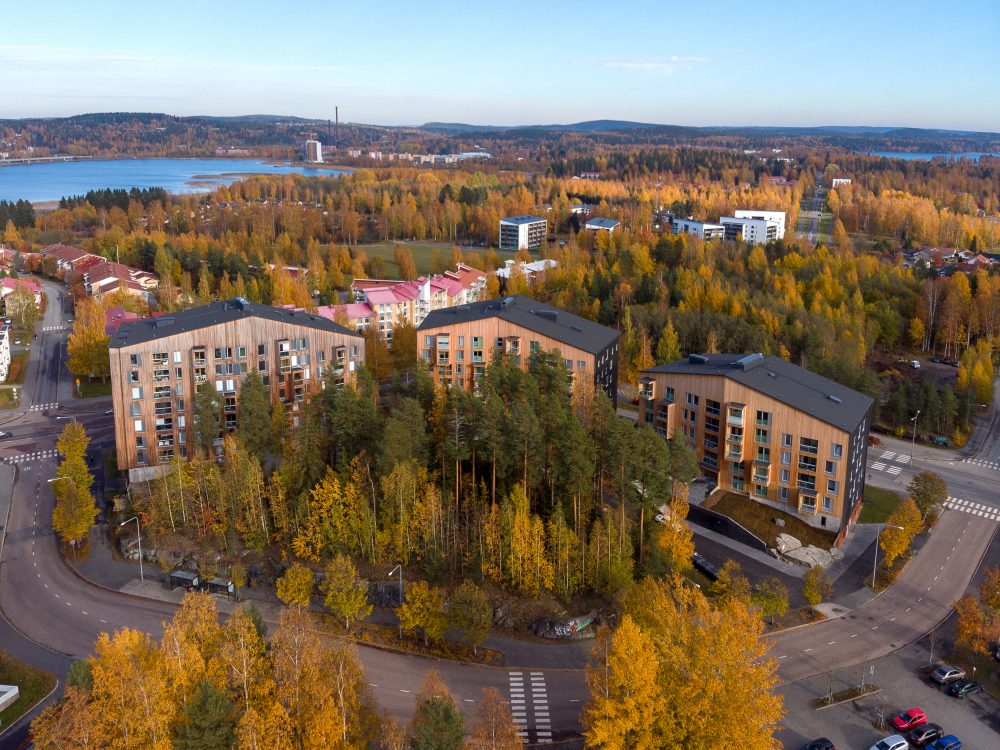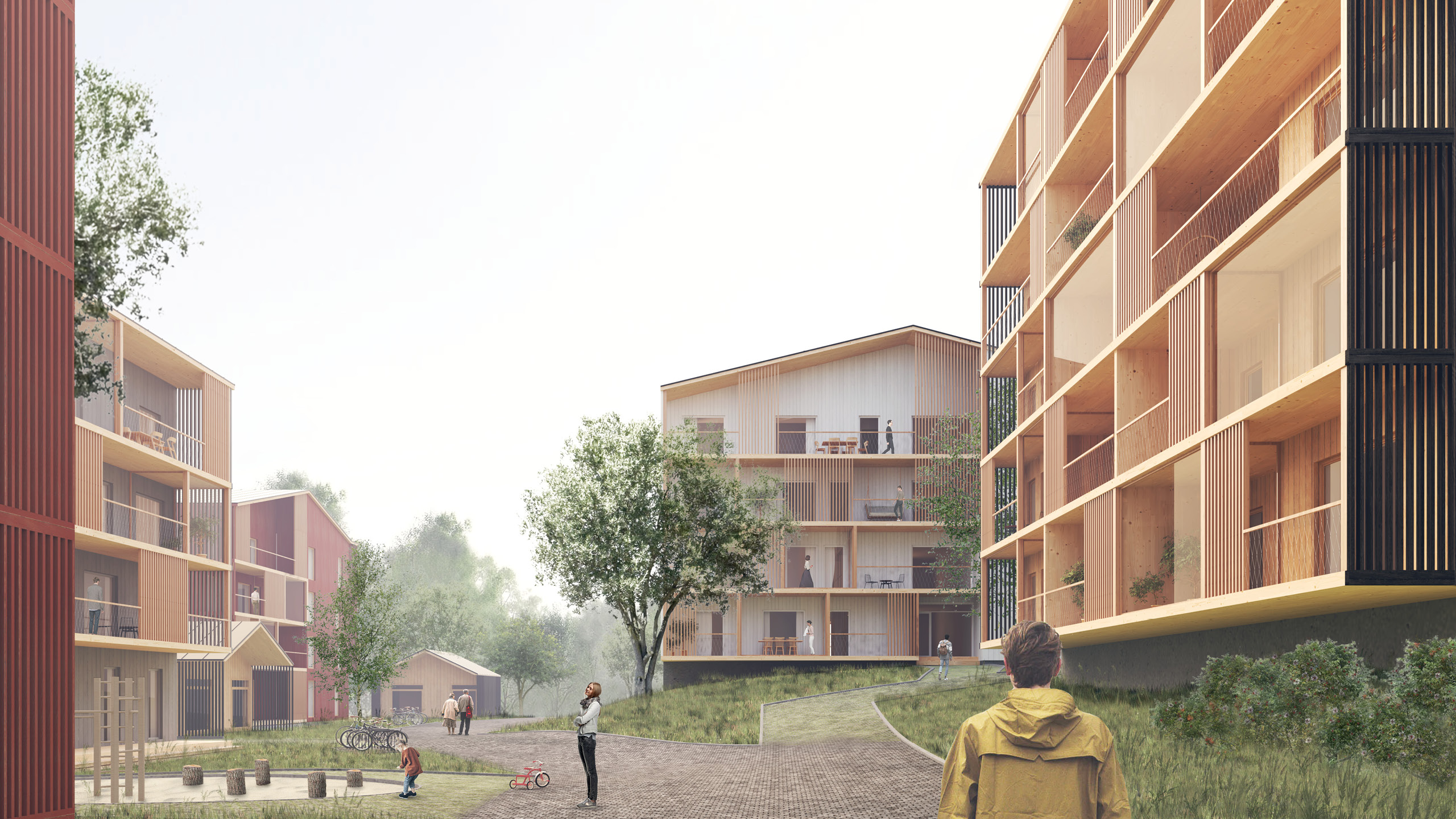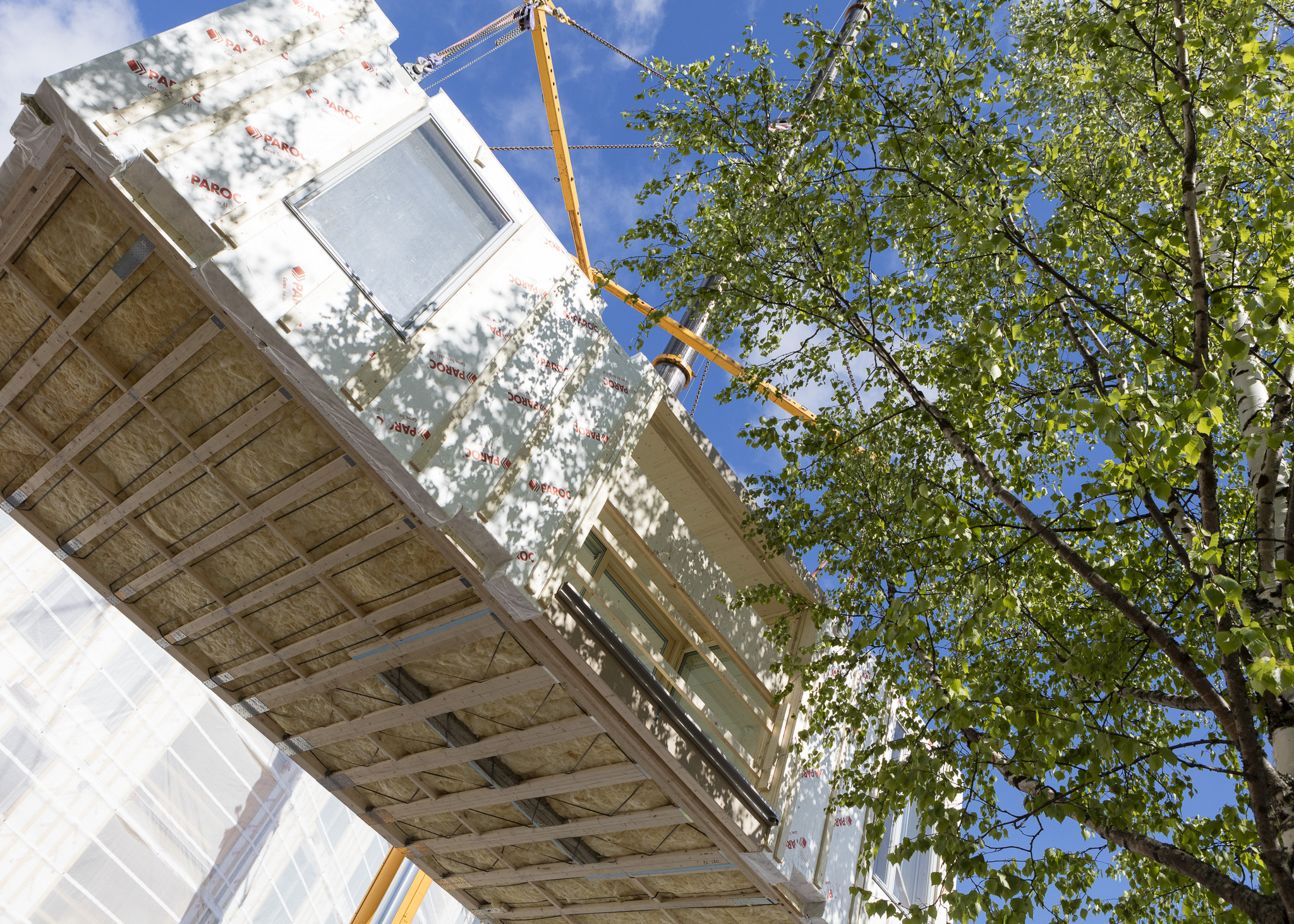New European Bauhaus Seminar Into the Woods

Anssi Lassila is speaking at the New European Bauhaus seminar Into the Woods today. He will join the discussion on a panel on Architecture Inspired by Nature. The event is organized by the Government of Finland in collaboration with European Commission, Government of Estonia and Government of Sweden. The entire program is broadcast live and you can follow it online HERE. No registration is required.
Welcoming words are delivered by Sanna Marin, Prime Minister of Finland, Ursula von der Leyen, President of the European Commission, Kaja Kallas, Prime Minister of Estonia, and Ebba Busch, Deputy Prime Minister of Sweden. The keynote speech is held by Prof. Hans Joachim Schellnhuber founding director of the Potsdam Institute for Climate Impact Research.
Through the lens of four panel discussions, the event addresses the potential of our forests to provide inspiration and material for sustainable construction, while fostering biodiversity and carbon sinks. The key focus of the four panels is to consider how we should work with nature for designing and building a better future.

Into the Woods: Architecture Inspired by Nature
The panel on Architecture Inspired by Nature takes the vision of a carbon neutral Europe as its starting point. Asking how we shall think and act to reach this vision, the panel ponders on how architecture can play an important role in this. In the panel, three themes will be reflected on: Sustainable and robust architecture; Resilient and adaptable architecture; Beautiful architecture.
- New European Bauhaus goes INTO THE WOOD
- Panel on Architecture Inspired by Nature
- At 12:45
- To follow the discussion online, go HERE
- Chaired by Helena Bjarnegård, National Architect of Sweden
- Tomas Sandell, Sandell Sandberg Architects
- Yoko Alender, Estonian parliament
- Anssi Lassila, OOPEAA Architects
- Mark Hughes, Aalto University
In the panel discussion, Anssi Lassila will reflect on how we can take the vision of the original Bauhaus to this day. The Bauhaus wanted to address the question of how to make use of the new industrial methods and materials to create objects and buildings with beauty, accessibility for everyone, and functionality to make a better everyday life in the times of economic and material shortage.
What does this mean today, with our current awareness of the climate concerns? How can we make use of the materials and technologies today to create buildings for tomorrow with a sense of responsibility. And how can we continue to have hope? It is important, because if we give up hope, we lose the motivation to try to do our best to create a better tomorrow.
Solutions for the Future
The scale of the challenges today is large, so we need solutions on a large-scale too. Small scale experiments can work well in exploring possible solutions, but they are not enough. We need to also work to implement solutions on the big scale. We can learn from the past, but we need to build for the future. That is why we cannot simply escape into some kind on romantic idea of the past and think that we can solve the problems simply by looking back to a time that once was.
Architecture is about understanding complex systems and dealing with the overall process as a whole. Expertise in many fields is needed to create buildings, but it is the architect who should be able to pull it all together and to look at all the aspects of the entire process. That is why and how architecture can have an impact on the future that we are building. And, that is why we must take seriously our responsibility towards the future that we are building today.

Making use of the tools of today
The lifetime of a building is much longer than that of just one generation or one phase in a person’s life with its different stages from student times to the time of families with young kids to the old age. We need to have the vision to find solutions that make use of the tools that we have today to create buildings that can serve their purpose as frameworks of good life also in the future.
To envision these solutions we need to work together and collaborate with others, put our heads together. But we also need the courage to try out new ideas and to test new approaches. To be able to envision a future, we need to believe in it. We must maintain hope and not simply fall into depression and passivity and not think that the only way is to go back to the past. While the problems are global, the solutions must be fine-tuned to address the local context with its specific climate conditions social context and culture, resources available and local needs.